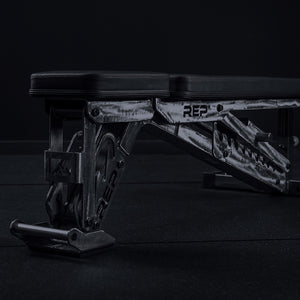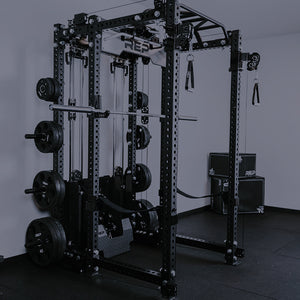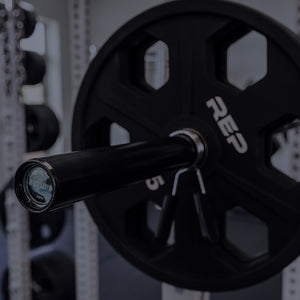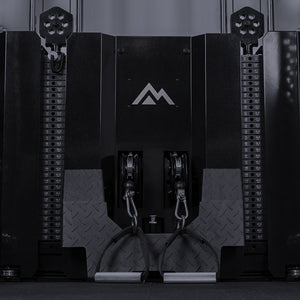
No days off.
You’ve heard the new gym bros and brosephines say it, and maybe you’ve said it yourself. But experienced lifters know the importance of rest days and deloads (most likely learned the hard way, oof). The no-days-off mentality is short-term thinking, not playing the long game where true strength and improvement is built.
We need days off.
Recovery is critical for all athletes. When you rest, your body adapts and repairs muscles, tendons, and ligaments, leading to improved performance. Recovery days replenish glycogen (which fuels your workouts) and reduce overuse injuries.
An off day doesn’t mean festering on the couch eating boxes of Lucky Charms with your bare hands, though. Active recovery is what we’re talking about – doing low-intensity activities, like walking and mobility work.
Mobility isn’t the same thing as stretching. Flexibility is passive, whereas mobility is active. It’s the ability to move your body (range of motion) without being limited by stress or stiffness. Mobility is about motor control and movement, which is related to your central nervous system – not only your muscles.
Will Mobility Make You Stronger?

If you want to be and look stronger or perform better in any sport, good mobility is key. It helps prevent injuries and muscle knots, improves performance, can enhance body awareness, boosts circulation, reduces soreness, and improves movement efficiency.
“When you have optimal mobility, you are able to get into better positions. When you are able to get into better positions, you are able to generate greater strength and power. This strength and power will equal you getting stronger,” says Aaptiv.com.
Livestrong echoes that. Mobility gets blood circulating and warms up your tissues gradually, which decreases inflammation and speeds up recovery, Livestrong reports.
Even for non-athletes, mobility relieves tension, helps us stay active as we grow older, improves our posture, and can reduce everyday aches. Mobility is really the basis of all movement. So in that, healthy mobility is tied to your overall quality of life.
How to Incorporate Mobility Into Your Workout
Experts generally recommend five to 10 minutes of mobility work before you lift, after your lift, and on your rest days.
PNF Stretching

PNF stretching is one of the most effective ways to increase flexibility and mobility, and when you don't have a partner to assist, a stretch strap is your best friend. This method involves alternating between flexing and relaxing, using the strap to create gentle resistance to press against.
[Read More: PNF Stretching Techniques]
Foam Rolling
An easy-to-use mobility tool is a foam roller. Simply rolling on it can reduce muscle tightness and soreness, improve your range of motion, reduce inflammation, and even help you relax.
But really. One study in the National Library of Medicine found roam rolling may help reduce DOMS (delayed onset muscle soreness). Another study published in the library’s National Center for Biotechnology Information found foam rolling improved range of motion, especially when paired with static stretching. One study published in the library found “self-myofascial release” (that’s what the rolly thing does) reduced stress and helped participants relax.
Want to roll? Pick an area that is sore or tight and carefully lower onto the roller. Roll into places of slight discomfort and hold for about 30 seconds. You can also slowly roll back and forth around the area.

Here are a few things to try on a foam roller:
Glutes: Roll your glutes while balancing on the roller with one leg crossed over the other.
Calves: Sit on the ground with one leg straight out front, with the calf on the roller. Lift your butt up and use your arms to adjust the pressure.
Upper back: Lying on the ground, place the roller in the middle of your back (perpendicular to your body). Support your head, bend your knees, lift your butt up, and roll, avoiding your neck.
Quads: Lie face down and put the roller under one or both quads. Adjust the pressure using your elbows. Roll and try not to cry.
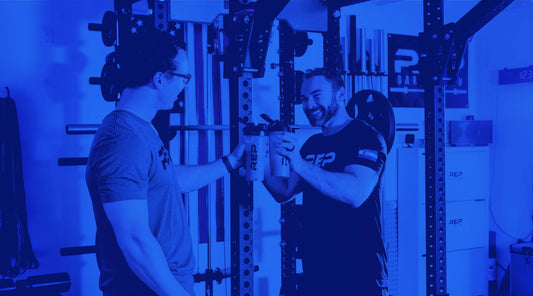
NEWSLETTER SIGNUP
Product launch information, promotions, blogs, and REP news.

